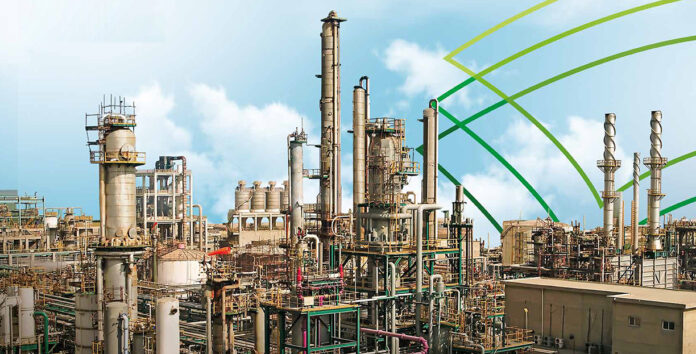Engro Polymer & Chemicals Ltd (EPCL) has slipped back into the red, capping an unforgiving year for Pakistan’s only fully-integrated PVC player. Weak pricing in its end-market, elevated energy and financing costs, and a slow-moving relief on feedstock economics combined to crush margins. Management says the “core delta” (the spread between PVC prices and ethylene-based inputs) has begun to improve late in the year, but it is also re-architecting power procurement for the next decade to stabilise production costs.
Net sales fell 7% to Rs75.7 billion (from Rs81.3 billion), while gross margin collapsed to 9% from 25% a year earlier. That swing dragged gross profit down 68% to Rs6.6 billion (from Rs20.6 billion) and turned a profit after tax of Rs8.9 billion in CY23 into a loss after tax of Rs0.2 billion in CY24. The dividend was skipped. The company’s own summary table attributes much of the pain to a 14% rise in cost of sales even as revenue fell, and to financial charges jumping 79% year-on-year.
There were glimmers of stabilisation by 3QCY25. Quarterly sales were broadly flat year-on-year, but gross margin improved to 11% from 5% in the same quarter last year, pushing operating profit sharply higher on a low base. Management credits cost efficiencies and an improvement in core delta for the sequential lift, even though PVC selling prices did not rise. The content in this publication is expensive to produce. But unlike other journalistic outfits, business publications have to cover the very organizations that directly give them advertisements. Hence, this large source of revenue, which is the lifeblood of other media houses, is severely compromised on account of Profit’s no-compromise policy when it comes to our reporting. No wonder, Profit has lost multiple ad deals, worth tens of millions of rupees, due to stories that held big businesses to account. Hence, for our work to continue unfettered, it must be supported by discerning readers who know the value of quality business journalism, not just for the economy but for the society as a whole.To read the full article, subscribe and support independent business journalism in Pakistan









